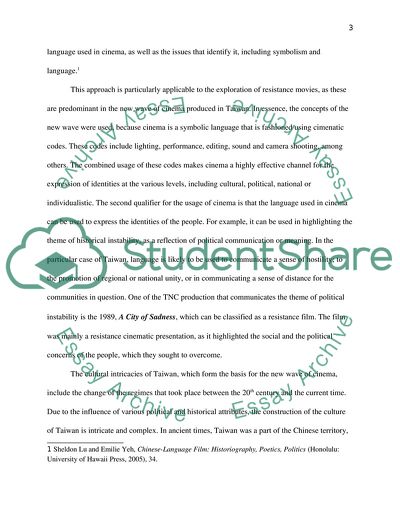Cite this document
(“How and why have the concepts of new waves or new generations been Essay - 1”, n.d.)
Retrieved de https://studentshare.org/journalism-communication/1687111-how-and-why-have-the-concepts-of-new-waves-or-new-generations-been-used-in-writing-the-histories-of-european-or-world-cinema
Retrieved de https://studentshare.org/journalism-communication/1687111-how-and-why-have-the-concepts-of-new-waves-or-new-generations-been-used-in-writing-the-histories-of-european-or-world-cinema
(How and Why Have the Concepts of New Waves or New Generations Been Essay - 1)
https://studentshare.org/journalism-communication/1687111-how-and-why-have-the-concepts-of-new-waves-or-new-generations-been-used-in-writing-the-histories-of-european-or-world-cinema.
https://studentshare.org/journalism-communication/1687111-how-and-why-have-the-concepts-of-new-waves-or-new-generations-been-used-in-writing-the-histories-of-european-or-world-cinema.
“How and Why Have the Concepts of New Waves or New Generations Been Essay - 1”, n.d. https://studentshare.org/journalism-communication/1687111-how-and-why-have-the-concepts-of-new-waves-or-new-generations-been-used-in-writing-the-histories-of-european-or-world-cinema.


